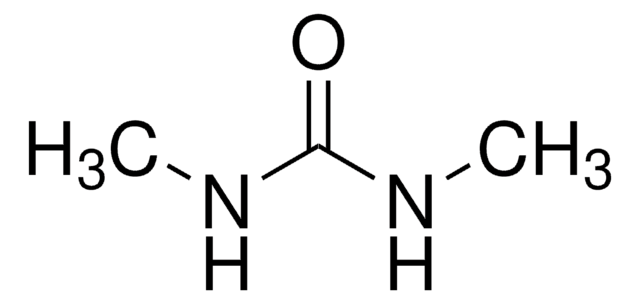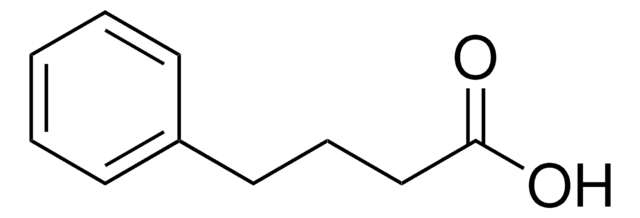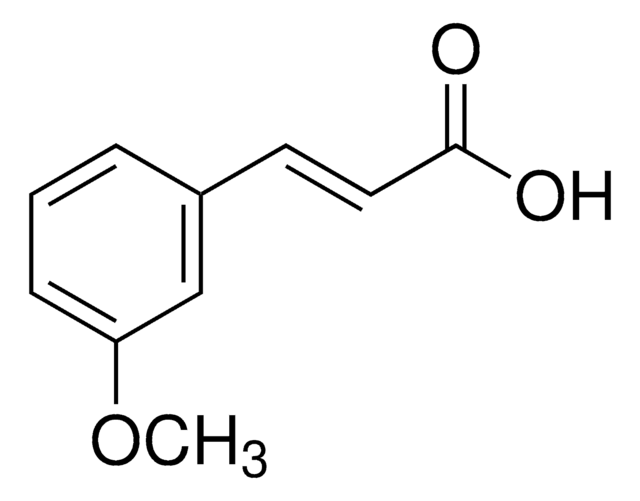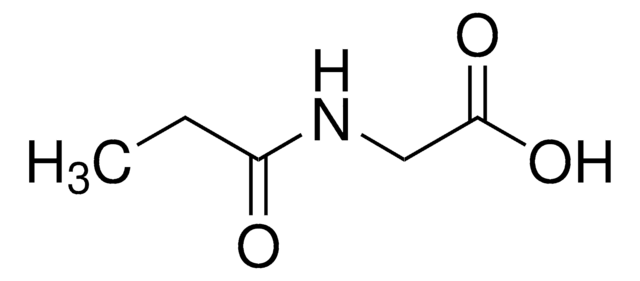03417
N-[2-(4-Hydroxyphenyl)acetyl]glycine
analytical standard
Synonym(s):
2-[2-(4-Hydroxyphenyl)acetamido]acetic acid, 4-Hydroxyphenylacetyl glycine
About This Item
Recommended Products
grade
analytical standard
Quality Level
Assay
≥98.0% (HPLC)
shelf life
limited shelf life, expiry date on the label
application(s)
clinical testing
format
neat
storage temp.
2-8°C
SMILES string
OC(CNC(CC1=CC=C(O)C=C1)=O)=O
InChI
1S/C10H11NO4/c12-8-3-1-7(2-4-8)5-9(13)11-6-10(14)15/h1-4,12H,5-6H2,(H,11,13)(H,14,15)
InChI key
CPPDWYIPKSSNNM-UHFFFAOYSA-N
Biochem/physiol Actions
Signal Word
Warning
Hazard Statements
Precautionary Statements
Hazard Classifications
Eye Irrit. 2 - Skin Irrit. 2
Storage Class Code
11 - Combustible Solids
WGK
WGK 3
Choose from one of the most recent versions:
Certificates of Analysis (COA)
Don't see the Right Version?
If you require a particular version, you can look up a specific certificate by the Lot or Batch number.
Already Own This Product?
Find documentation for the products that you have recently purchased in the Document Library.
Our team of scientists has experience in all areas of research including Life Science, Material Science, Chemical Synthesis, Chromatography, Analytical and many others.
Contact Technical Service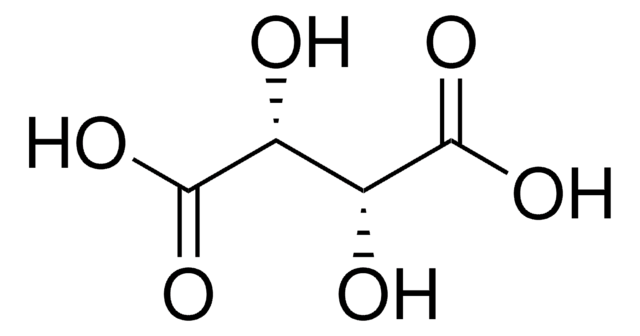
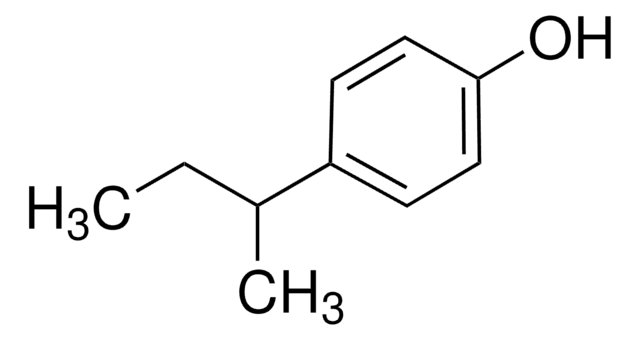
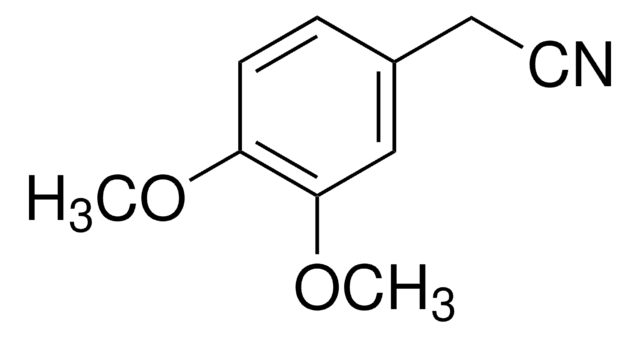

![1,5,7-Triazabicyclo[4.4.0]dec-5-ene bound to polystyrene extent of labeling: ~3 mmol/g loading](/deepweb/assets/sigmaaldrich/product/structures/760/356/51117498-68bc-4b7f-a8c9-79a572d66a13/640/51117498-68bc-4b7f-a8c9-79a572d66a13.png)
